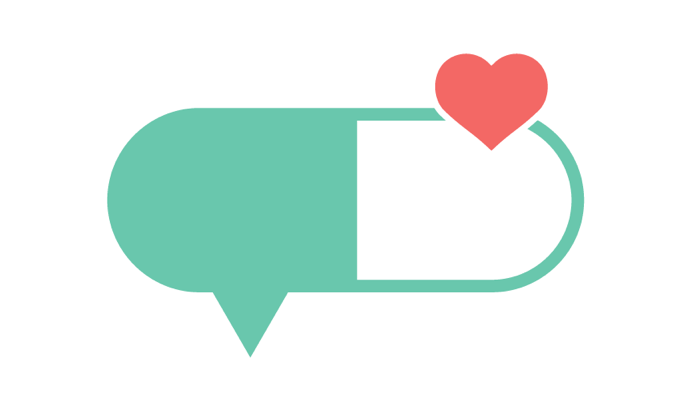Today’s consumers are glued to their smartphones. Walk through any airport, coffee shop, or busy sidewalk, and you’ll be presented with a sea of small bright screens. 4 in 5 Americans now own a smartphone, and we have never been more connected to, or dependent on, our smartphones. According to new research by Asurion and Dscout, we check our phones every 12 minutes, subconsciously swiping, tapping, or clicking over 2,600 times per day.
In an effort to meet patients on their smartphones, the healthcare industry has been churning out mobile apps. So much time and energy has been invested, in fact, that there are now over 318,000 health apps available on the App Store, and 200 new ones are still being added every day.
However, hospitals have struggled to deliver and build on the promise of digital health. In theory, every patient should want an app providing everything from lab results to post-operative care plans. Despite this broad and rich feature set, healthcare providers have only been able to engage 2% of their patient population with their mobile apps, a jarringly disappointing engagement rate.
To uncover why these apps fail to perform well, we need to understand how people are using their phones. We’re spending more time than ever on our phones (5 hours per day), but we’re spending our time in fewer and fewer apps. We’ve become power users of our core apps — messaging, email, Instagram — but all other apps have been sidelined. Apps directly compete with each other for storage space and attention, with users deleting one app for every new one they download. Even winning the download battle is only half the battle, as two thirds of users will completely abandon apps one month after download.
The bottom line: it’s hard to win the app popularity contest.
We collected and analyzed close to 1,200 app reviews from 52 hospitals across the US to understand the unique challenges hospital apps face. The results indicate that patients and consumers want to manage their health and engage their healthcare systems outside the hospital setting, but they struggle to get into the apps and learn how to use them.
The problems begin with activating patients. Because most health apps deal with protected health information (PHI), the activation bar is higher than that of most other apps. A new user has to go to the App Store, find the right app, remember their App Store password, download the app, open it, create an account, verify their SSN and date of birth, provide identifying information, enter a portal activation code or MRN, set a password with at least one number and special character, and set push notification and location settings — all before they can actually use the app.
The healthcare industry has massively underestimated the friction that this activation process causes. What we think should take two minutes can take upwards of ten minutes, depending on how tech-savvy the user is. Each additional hoop we make users jump through decreases the likelihood they’ll successfully activate. In our analysis of hospital app reviews, 36% of negative reviews cited difficulties onboarding and logging in to the app as a major reason for their dissatisfaction. Without an easy way to activate and onboard patients, apps aren’t fulfilling their purpose, no matter how beautiful or integrated the interface may be.
“This app is very difficult to even attempt to use. There isn’t a clear way to login and no way to see your personal health record without going through screens and screens of questions asking for your personal information. It’s not worth the bother.”
— an App Store review on a hospital app
Hospitals should look to other service industries and leverage the lessons they’ve learned to engage their consumers at scale, on mobile. While some companies are finding success with app-only strategies, many leading companies like Kayak, Sephora, and Marriott are now meeting their customers where they spend most of their mobile time: message-based channels like SMS, iMessage, Facebook Messenger, and Twitter. Meeting consumers in these highly intuitive channels allows them to converse naturally with their customers and provide personalized assistance without forcing them to jump through the hoops of download, activation, and navigation.
Chat-based engagement is not simply the act of equipping call center agents with a live chat feature. To become truly on-demand and pervasive, leading service brands have launched smart, AI-driven chatbots to scale their presence across time zones and departments. Advanced conversational technology can anticipate consumer needs, proactively address service issues, and gauge customer sentiment, across tens of thousands of concurrent conversations.
Incremental tweaks to drive improvements in the app activation flow or menu architecture may not be the answer to overcome the engagement barrier. In an already overpopulated app market, it’s hard to be the app that stands out. It’s time to move towards smart, chatbot-driven engagement that can hold the personalized, contextual conversations that patients deserve.
Patient experience is no longer confined to care within a hospital’s four walls. It isn’t expecting patients to figure out how to use an app so complex it requires an instruction manual. It’s meeting patients at key touchpoints and transforming them into empowered, knowledgeable consumers — just efficient, effective engagement at its finest.








